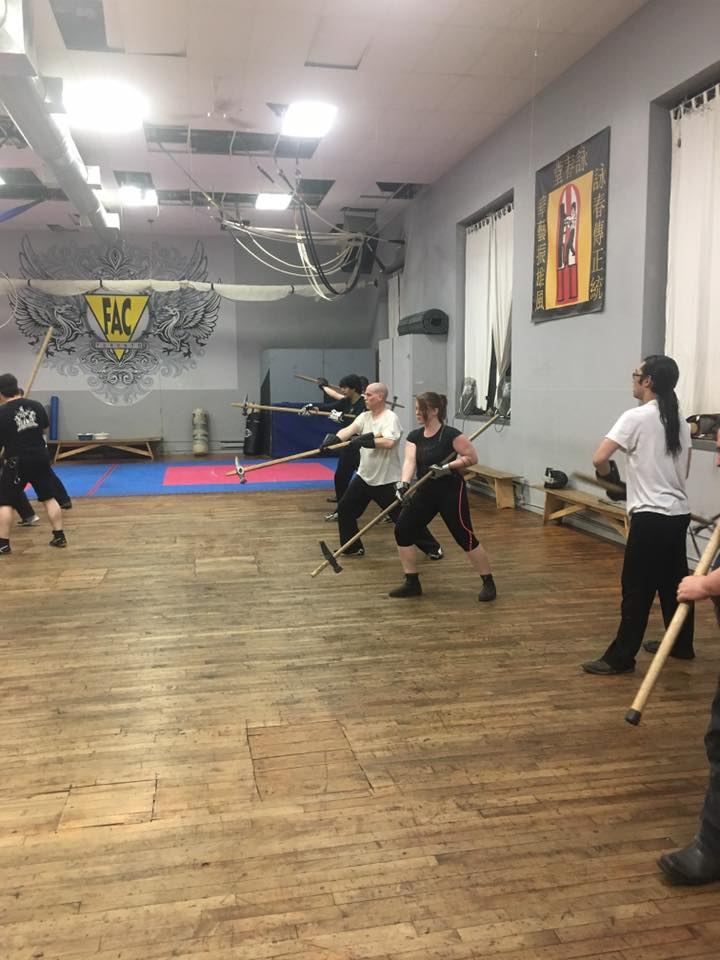Pollarms - Spear & Poleaxe (lanze e azza) 
Pollaxe (azza)
The pollaxe is a type of European polearm which was widely used by medieval infantry. Also known by the names poll-axe, pole axe, polax, or Hache (French meaning axe), the standard spelling "pollaxe" is most common. [1] The pollaxe design arose from the need to breach the plate armor of men at arms during the 14th and 15th centuries. Generally, the form consisted of a wooden haft some 4-6.5 feet (1.2-2 m) long, mounted with a steel head. It seems most schools of combat suggested a haft length comparable to the height of the wielder, but in some cases hafts appear to have been create up to 8 feet (2.5 m) in length.
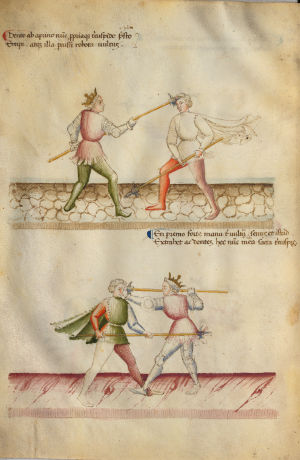
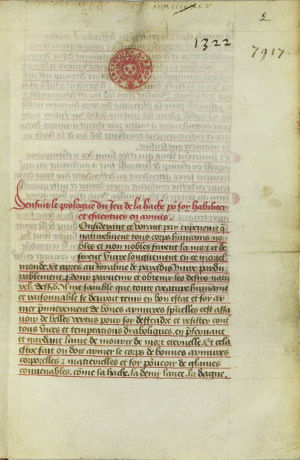
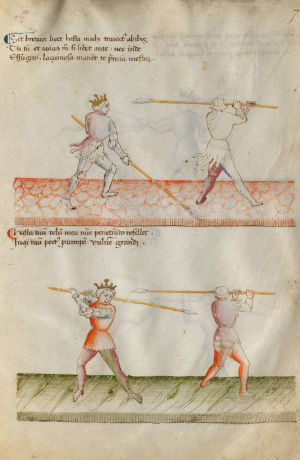
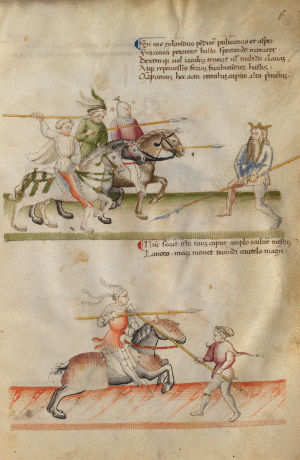
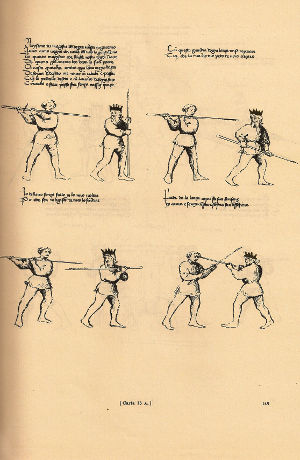
Pollaxe training is limited to scholler students and above. Pollaxes are a class of weapons that can be catergorized as "polearms" or "staff weapons", and therefore, in combination with pollaxe training, AEMMA also covers spear training as well. The pollaxe weapons employed for training include 3 variations, one variety are pollaxes constructed with steel heads with sharpened spikes. These are historical reproductions and are only used for structured training drills. The second type are die-cast dense rubber heads These are found to be quite useful and viable for both training and tournament purposes. The third form of pollaxes are constructed with aluminum heads. In addition to Fiore dei Liberi's source, another important source is used to augment the training written originally in approximately 1400 entitled "Le jeu de la hache". [2] [3]
Spear (lanze)
Spear training is limited to scholler students and above. Spear training uses metal head spears of the traditional "leaf-shaped" spear head. [4] The heads are fitted with a 3/4" ball-bearing welded to the tips in order to reduce the risk of injury. This same spear is used for both training purposes (unarmoured) and for armoured training and tournaments. Introduction to spear training typically involves robust 2m wooden dowels (approx. 1.75" diameter) fitted with a black cap on one end to represent the queue and a white cap on the other end to represent the point.
- The pollaxe design arose from the need to breach the plate armour of men at arms during the 14th and 15th centuries. Generally, the form consisted of a wooden haft some 4–6.5 feet (1.2–2.0 m) long, mounted with a steel head. It seems most schools of combat suggested a haft length comparable to the height of the wielder, but in some cases hafts appear to have been created up to 8 feet (2.4 m) in length. The pollaxe was usually used by knights and other men-at-arms while fighting on foot. The pollaxe has a sophisticated fighting technique, which is based on quarterstaff fighting. source: Wikipedia. Pollaxe. Retrieved: January 17, 2017.
- Le jeu de la hache ("play of the axe") is a French manual on combat with the poleaxe dating to c. 1400. The manuscript measures 240 by 160 mm (9.4 by 6.3 in) and consists of ten vellum leaves. The text consists of a prologue (fols. 2r-v, paragraphs 1-4), a main section (paragraphs 4-51) describing combat between two right-handed opponents, followed by a shorter part (paragraphs 52-73) discussing how a right-handed knight should deal with a left-handed opponent. The manuscript is recorded to have been part of the library of Francis I in 1544 as it was moved to Fontainebleau. source: Bibliothèque nationale de France. La Doctrine et l'industrie du noble jeu de la hache et la maniere de battaillier. Retrieved: January 17, 2017.
- Le Jeu de la Hache ("The Play of the Axe", MS Français 1996), is a French fencing manual written in ca. 1400 by an anonymous Milanese fencing master in service to Philip II "the Bold", duke of Burgundy. It currently rests in the holdings of the Bibliothèque nationale de France in Paris, France. The earliest extant treatise on the use of the poleaxe, the manuscript is possesses detailed descriptions of a variety of techniques. It is unillustrated, but each paragraph has a large blank space next to the smaller area reserved for an initial so illustrations may have been intended. source: Wiktenauer. Le Jeu de la Hache (MS Français 1996). Retrieved: January 17, 2017.
- A spear is a pole weapon consisting of a shaft, usually of wood, with a pointed head. The head may be simply the sharpened end of the shaft itself, as is the case with fire hardened spears, or it may be made of a more durable material fastened to the shaft, such as flint, obsidian, iron, steel or bronze. The most common design for hunting or combat spears since ancient times has incorporated a metal spearhead shaped like a triangle, lozenge, or leaf. The heads of fishing spears usually feature barbs or serrated edges. source: Wikipedia. Spear. Retrieved: January 17, 2017.

